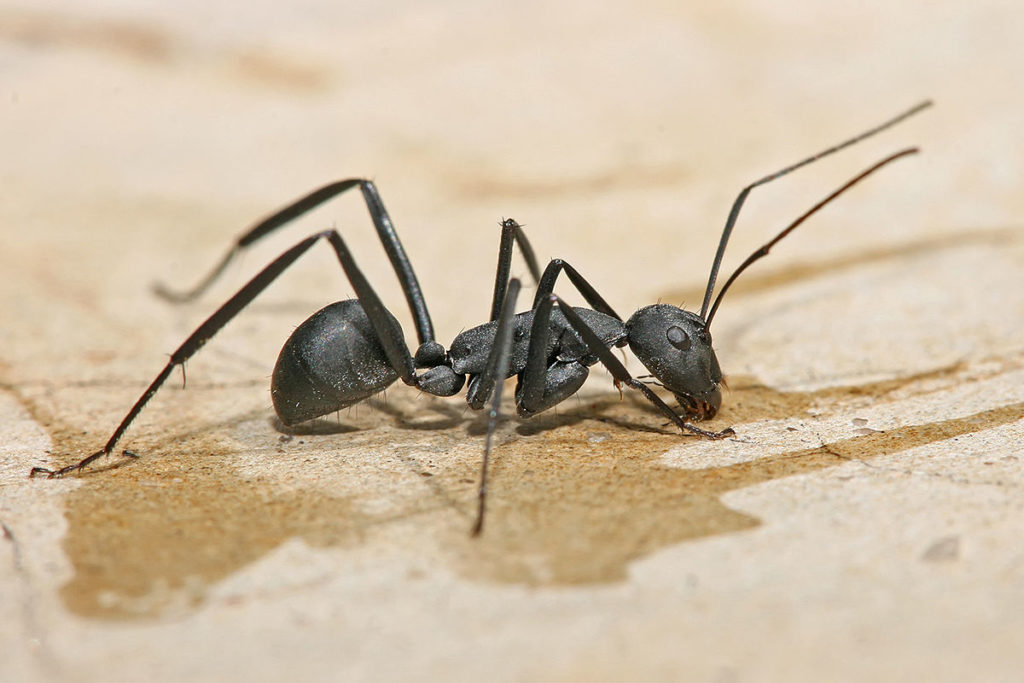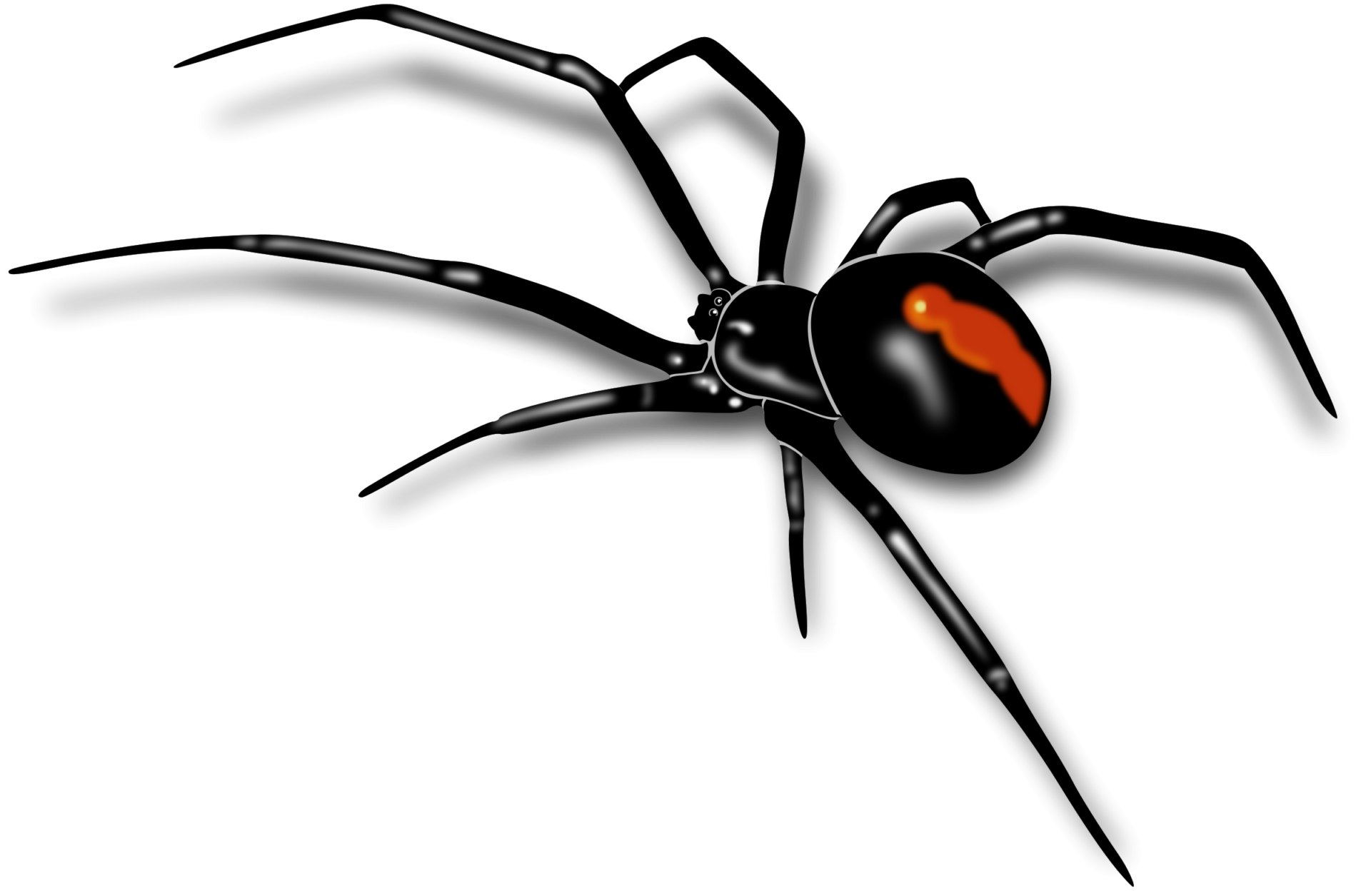
Carpenter ants (Camponotus spp.) are large (0.3 to 1.0 in or 0.76 to 2.54 cm) ants indigenous to many forested parts of the world. They build nests inside wood consisting of galleries chewed out with their mandibles, preferably in dead, damp wood. They do not consume the wood, however, unlike termites.] Sometimes, carpenter ants hollow out sections of trees. They also commonly infest wooden buildings and structures, and are a widespread nuisance and major cause of structural damage. However, their ability to excavate wood helps in forest decomposition. One of the most familiar species associated with human habitation in the United States is the black carpenter ant (Camponotus pennsylvanicus).
The genus includes over 1,000 species. They also farm aphids. In the farming, the ants protects the aphids while they excrete a sugary fluid called honeydew, which the ants get by stroking the aphids with their antennae

